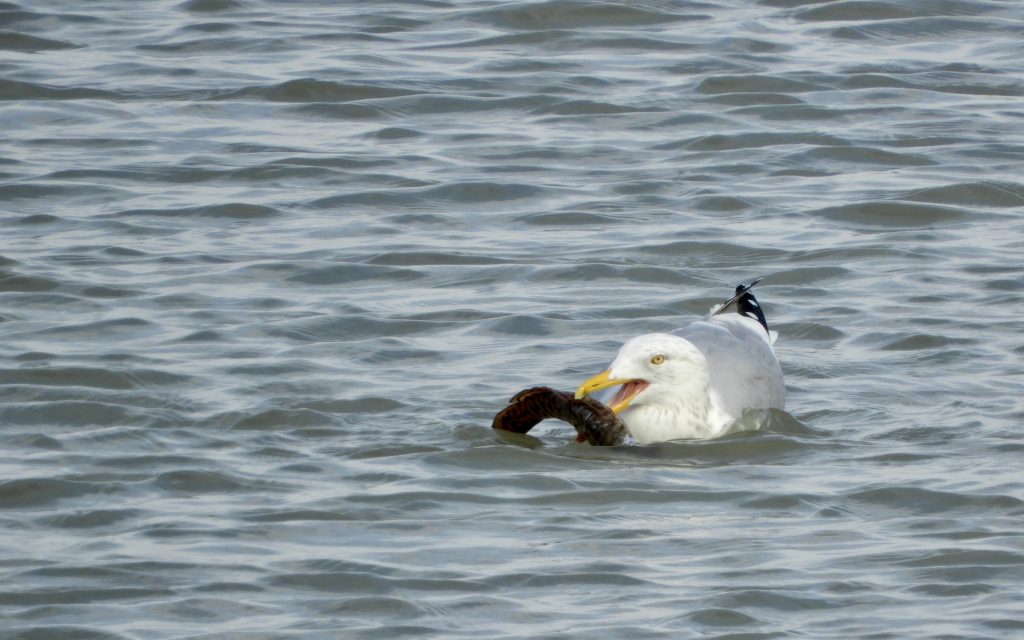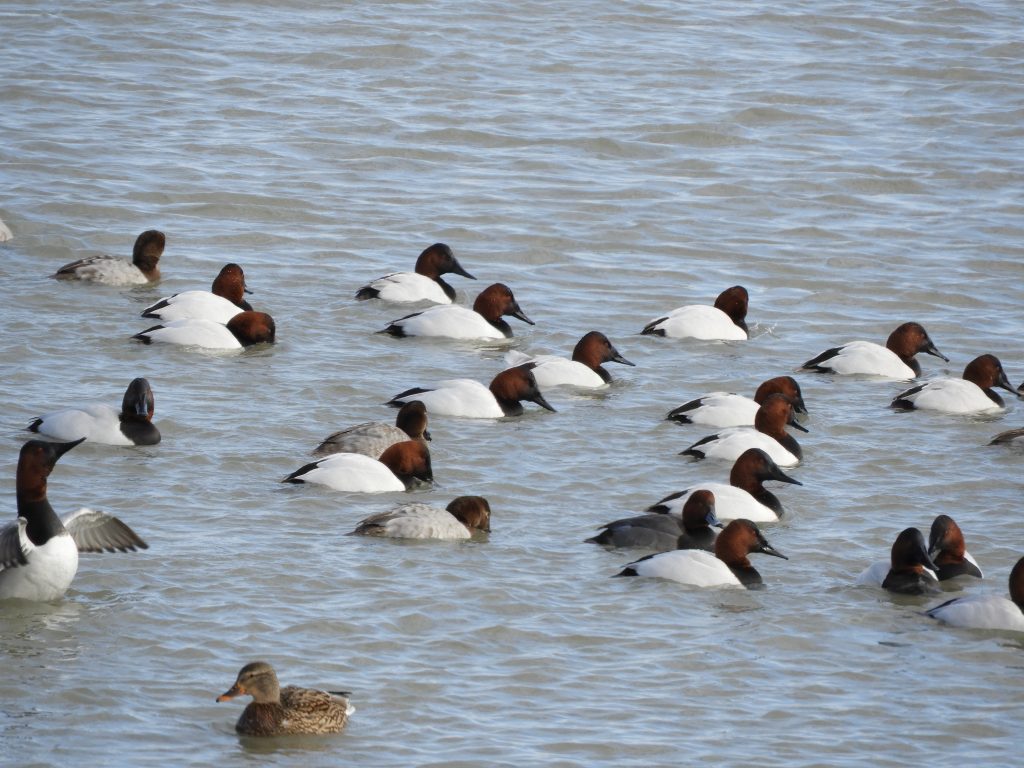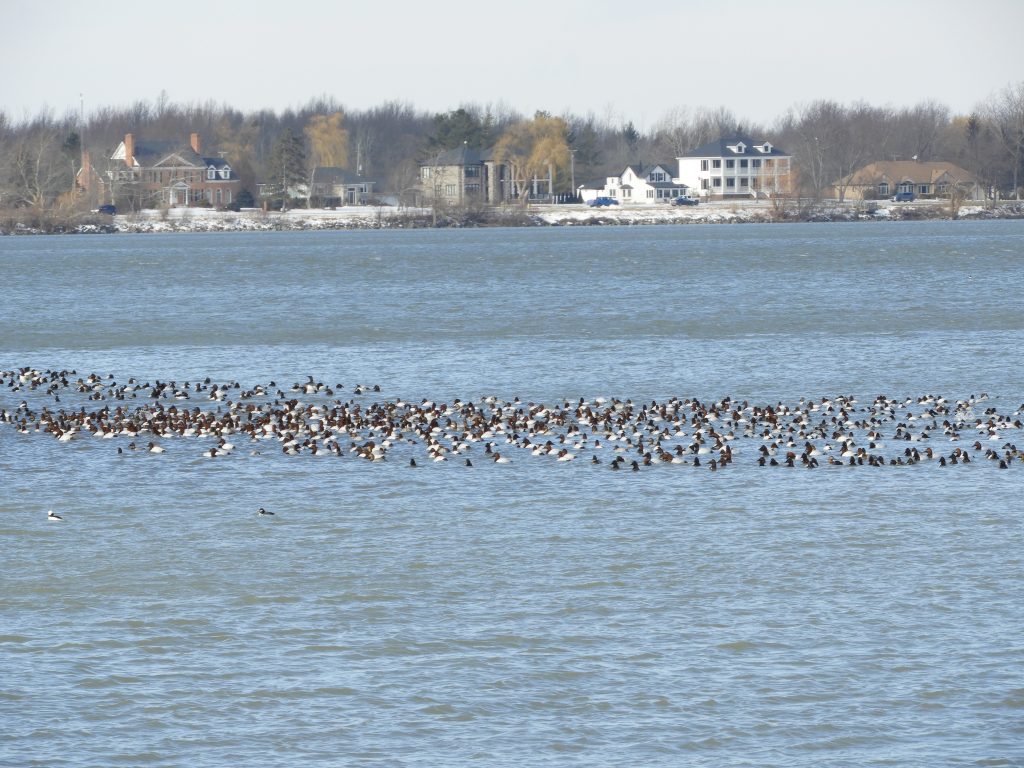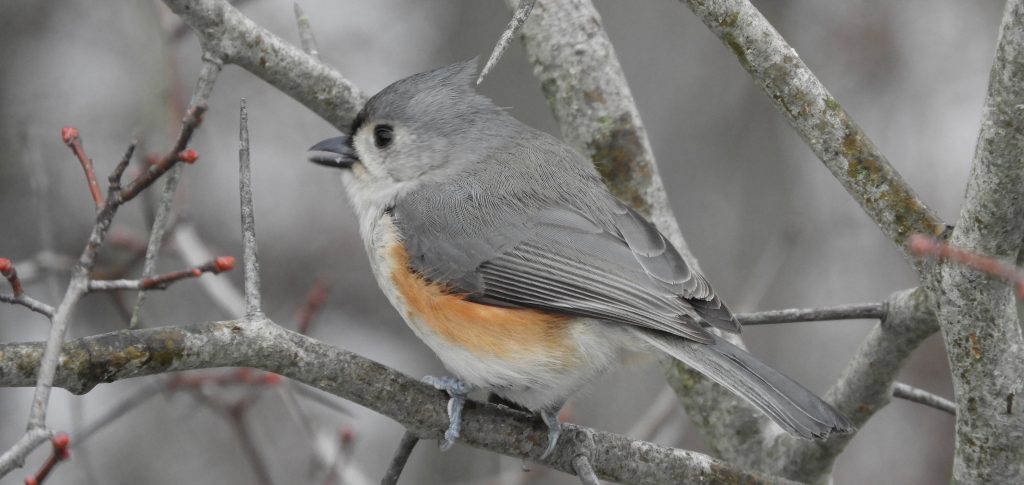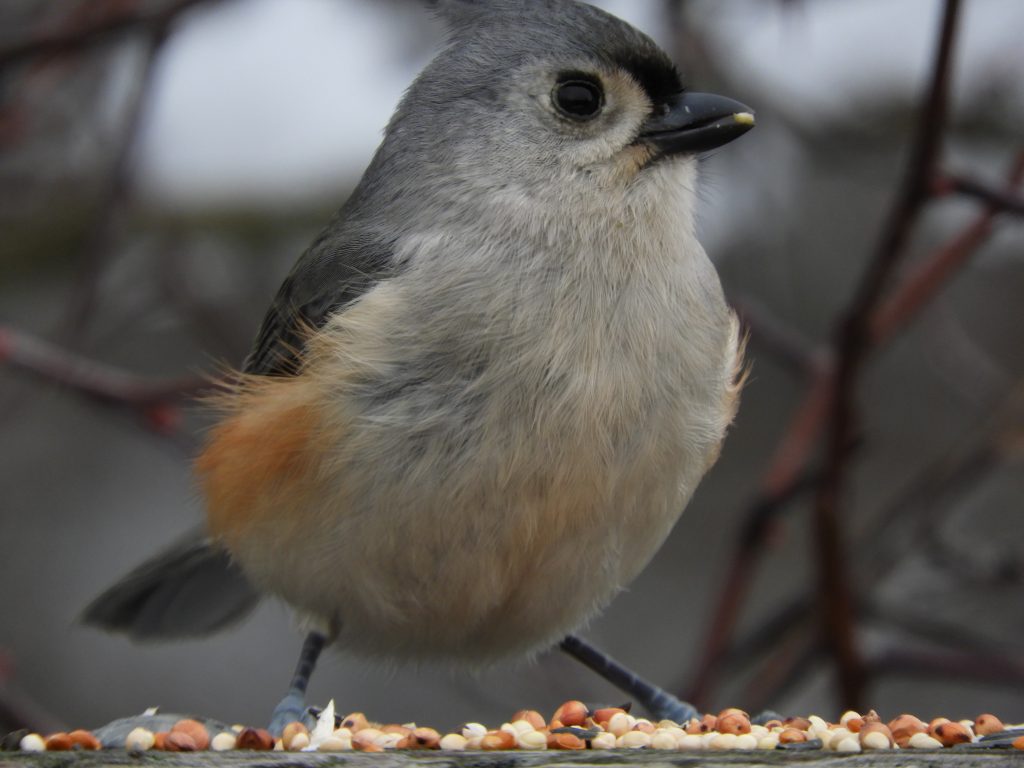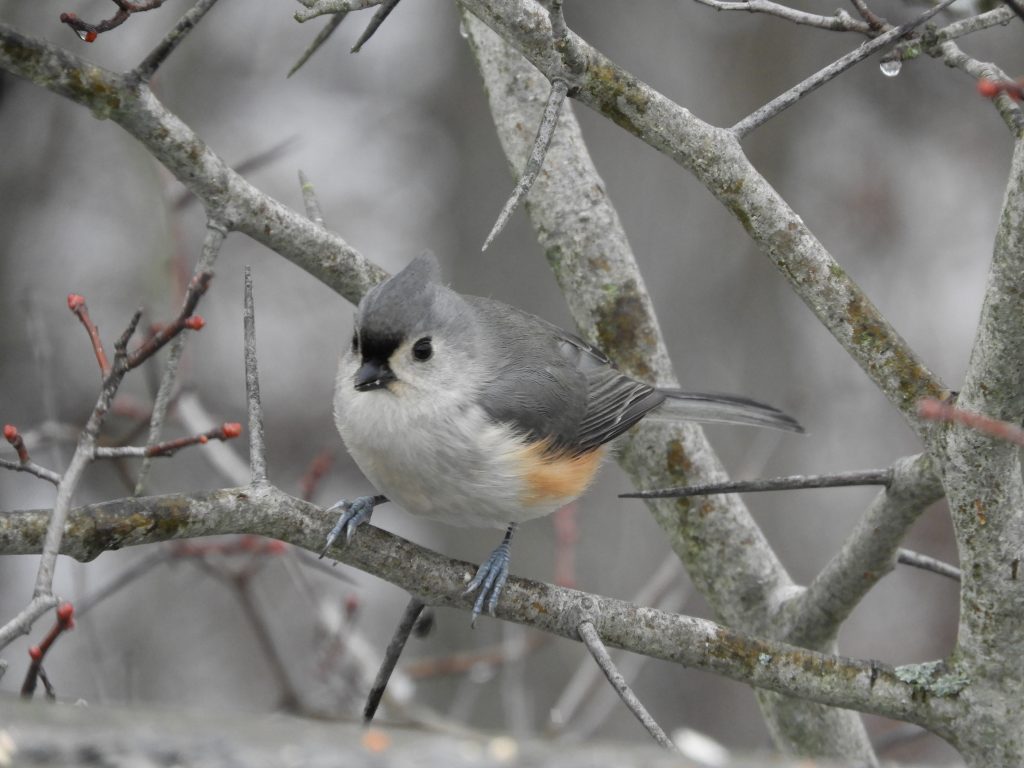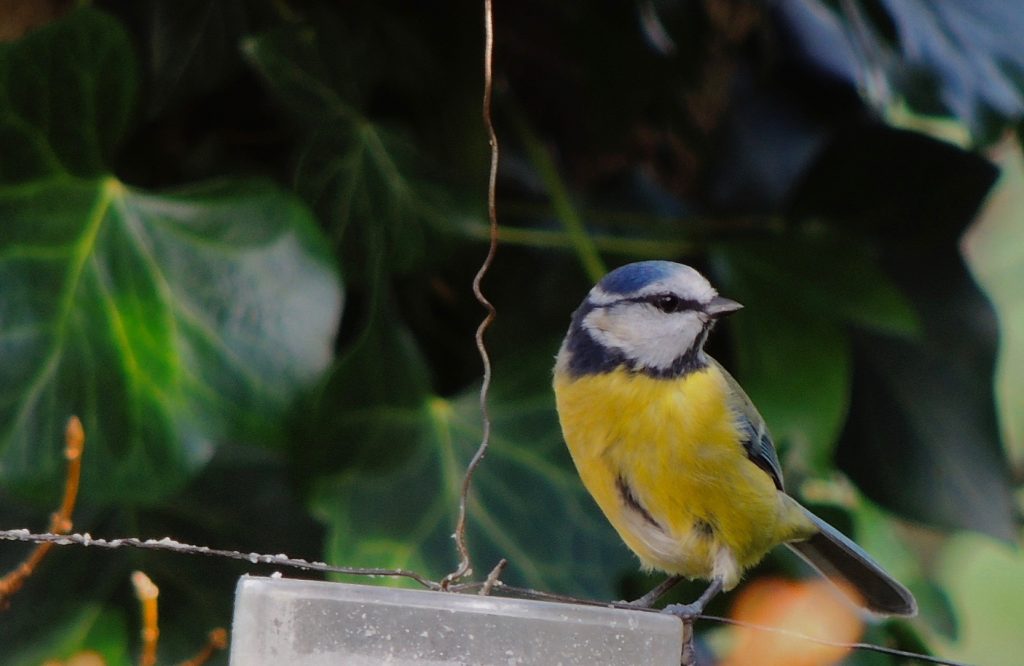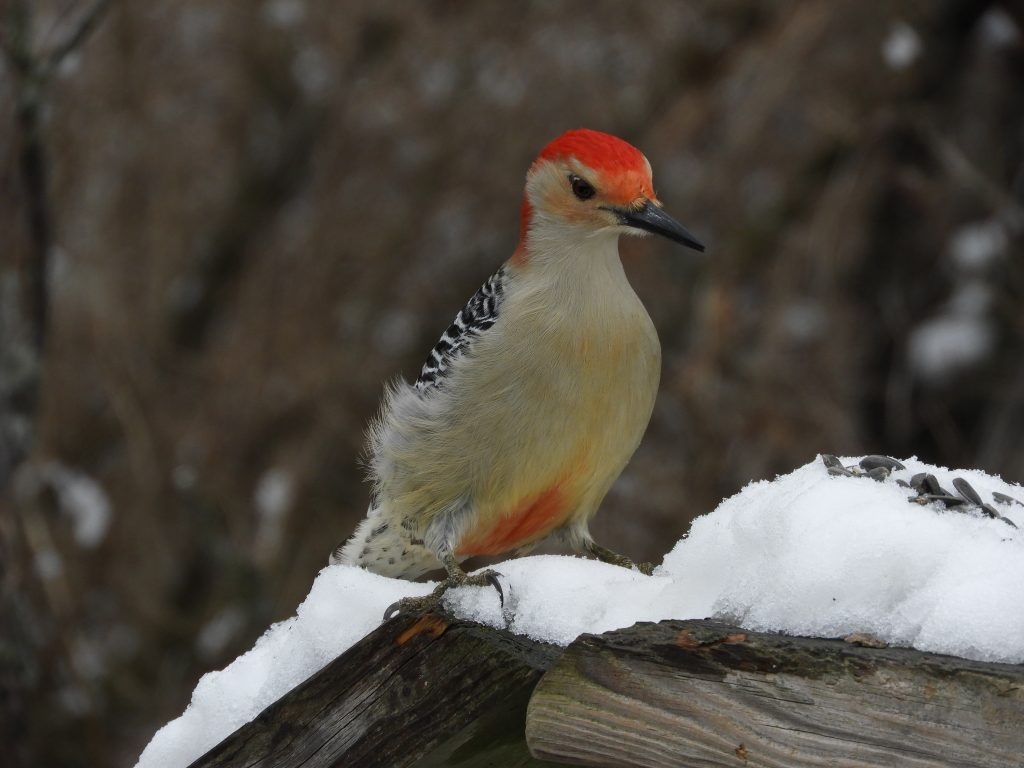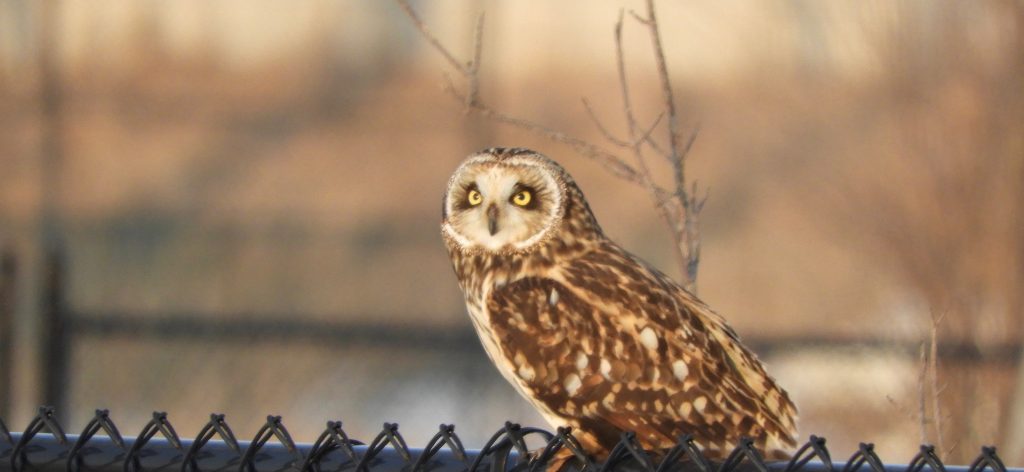 Haldimand County. ON. March 5 2023. I backed into an intriguing afternoon of birding when my household unexpectedly became a Covid-positive place. I headed for the great outdoors, it seemed to be the better choice (Social distancing, remember?) and decided to revisit fields where I’d watched Northern Harriers last December. I hoped to see them again and possibly catch a glimpse of Short-eared Owls who are known to be in the area.
Haldimand County. ON. March 5 2023. I backed into an intriguing afternoon of birding when my household unexpectedly became a Covid-positive place. I headed for the great outdoors, it seemed to be the better choice (Social distancing, remember?) and decided to revisit fields where I’d watched Northern Harriers last December. I hoped to see them again and possibly catch a glimpse of Short-eared Owls who are known to be in the area.
It ended up being a rewarding and entertaining afternoon with Rough-legged Hawks, Northern Harriers and Short-eared Owls, all around me and sometimes quite close. They were hunting for rodents which were apparently plentiful in the large weedy field, most likely Meadow Voles. It’s not much of a life being a Meadow Vole: short and apparently amounts to just two things, making babies and being eaten by big birds of prey.
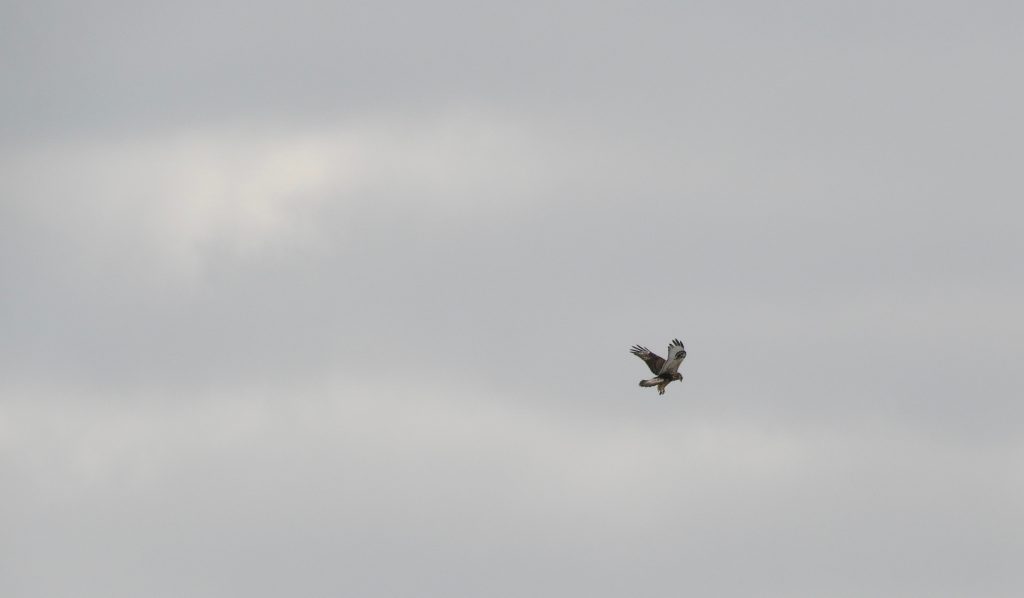
Rough-legged Hawks find and seize their prey by either dropping down from a high perch, or by high-level cruising punctuated by hovering, prolonged hanging in the wind. Other than Red-tailed Hawks who will ride an updraft, and hummingbirds I can’t think of another Ontario bird that hovers quite so purposefully. Our American Kestrel does hover, rather briefly I think, certainly not as solidly or dependably as the very similar European Kestrel whose hovering is so competent and characteristic that one of its folk names is ‘windhover’.
Northern Harriers hunt by quartering the ground, always fast and usually low, often barely a meter up. At the sight of a meal they stall, turn and pounce, it is sometimes difficult to follow their progress over a field; one moment in sight and the next minute vanished.
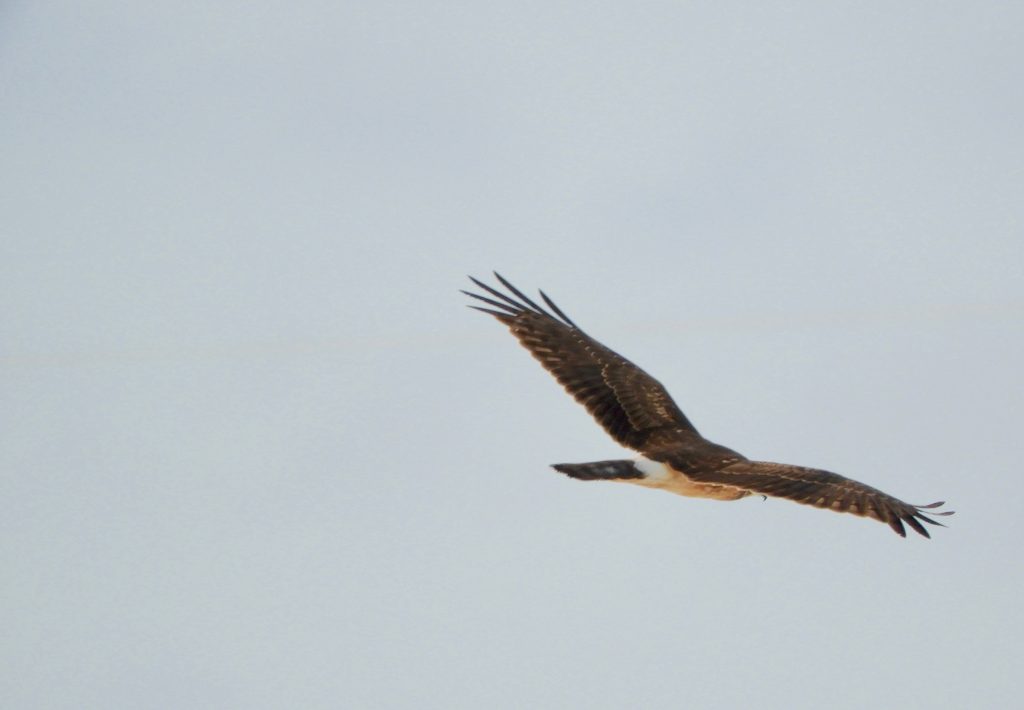
Late afternoon, as dusk starts to gather, is when Short-eared Owls appear; they spend the brightest part of the day out of sight hidden within tall grasses and reeds. I watched two or three come from nowhere and check in with the harriers in what may have been an amicable hand-over. They, like the harriers though less methodically, range around open fields, hunting for those same hapless voles. Two of the owls spent a while on high perches but after a while moved quickly, ranging far in floppy flight, sometimes gliding on rounded wings. Many authors appropriately describe their flight as moth-like.
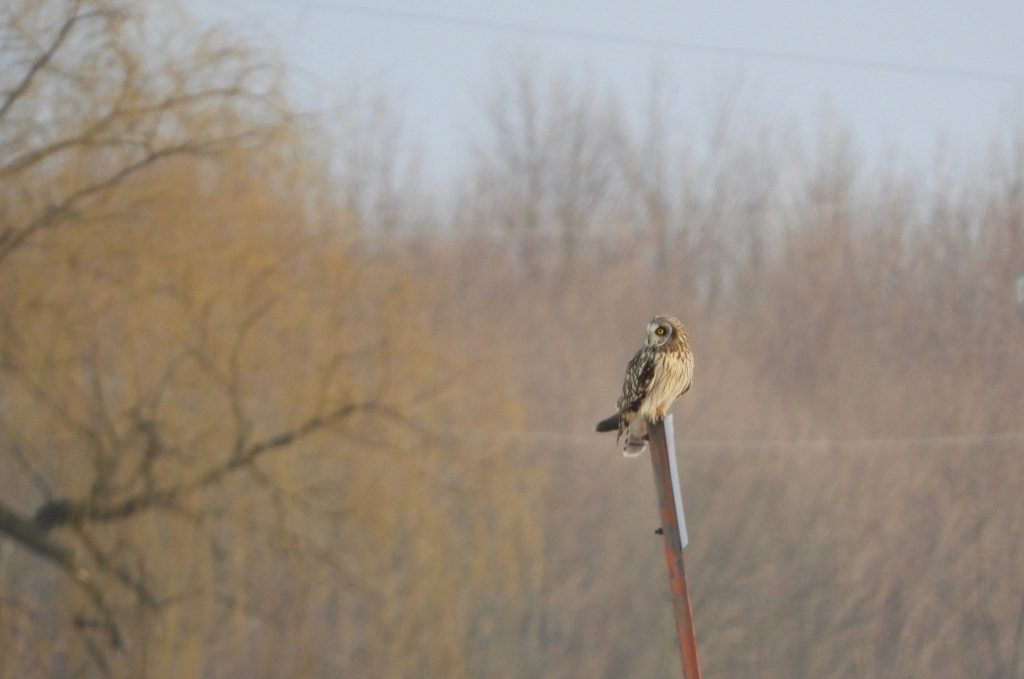
Heading home driving along a lonely country road, a Short-eared Owl was all at once right beside me. It was zig-zagging to examine a meltwater-filled roadside ditch and close enough that I like to think we made brief eye-contact. It was instantly My Bird of the Day.
Although I enjoyed time with three notable birds of prey there was more: a solitary Bald Eagle trudged overhead on its way to Lake Erie for duck dinner perhaps, a small flight of Tundra Swans passed over, calling softly amongst themselves, they are my favourite sign of spring; and a Killdeer a common bird for nine months of the year but notable today for being the first of its kind this spring.
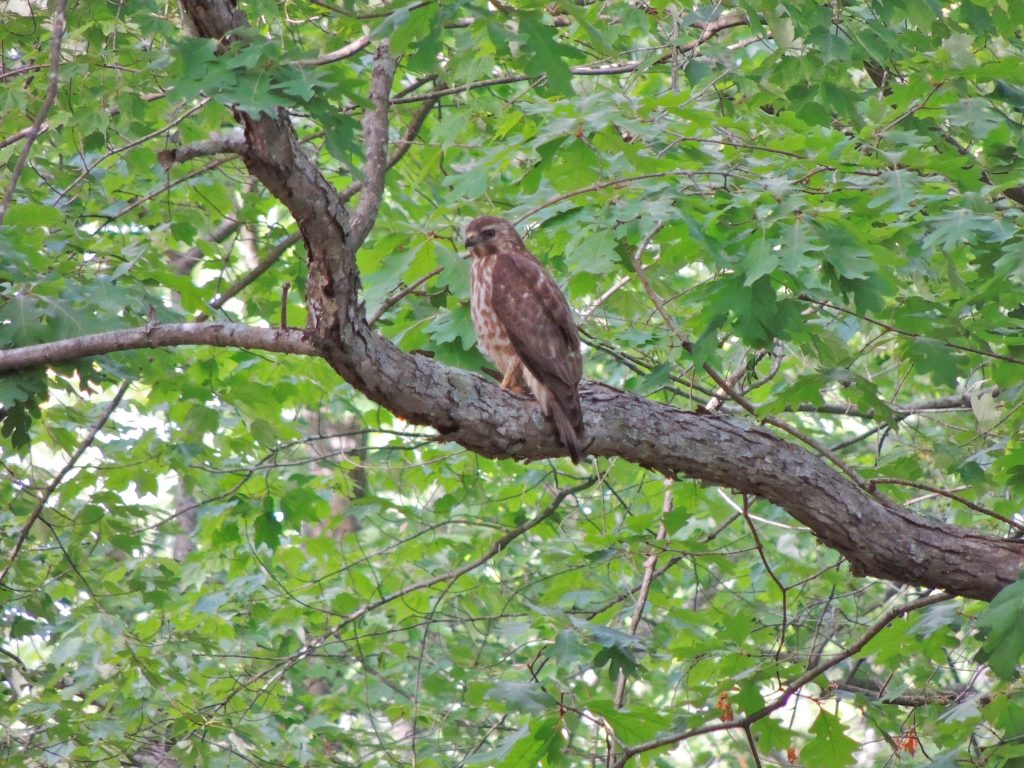
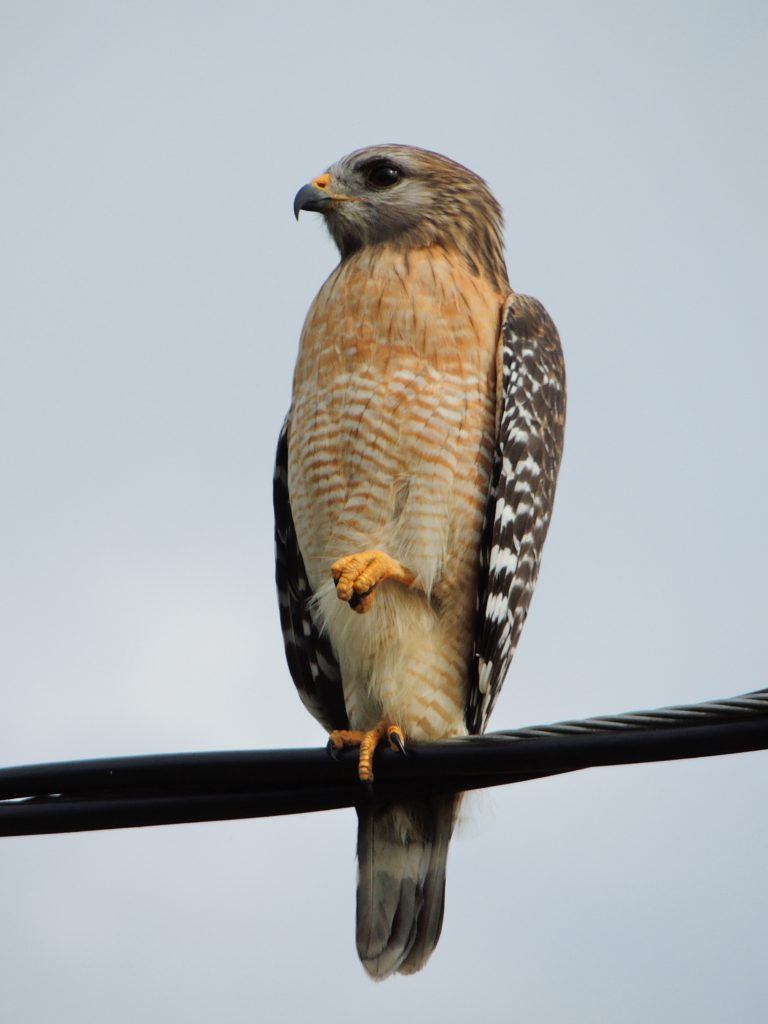
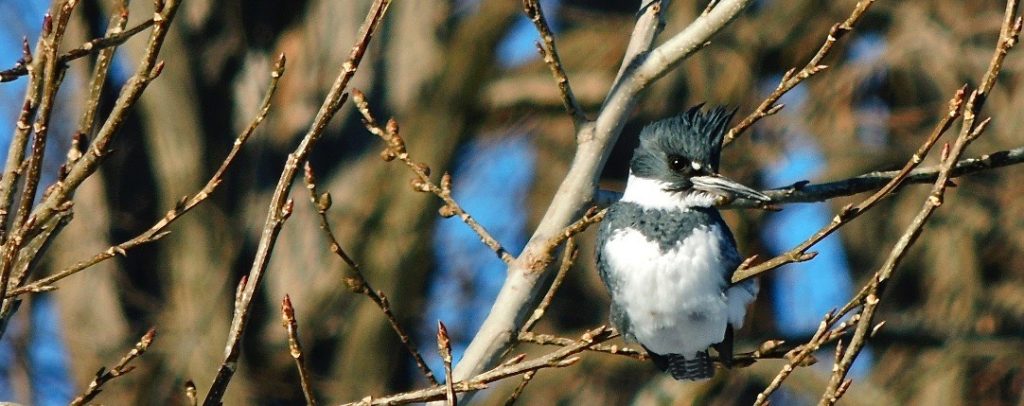
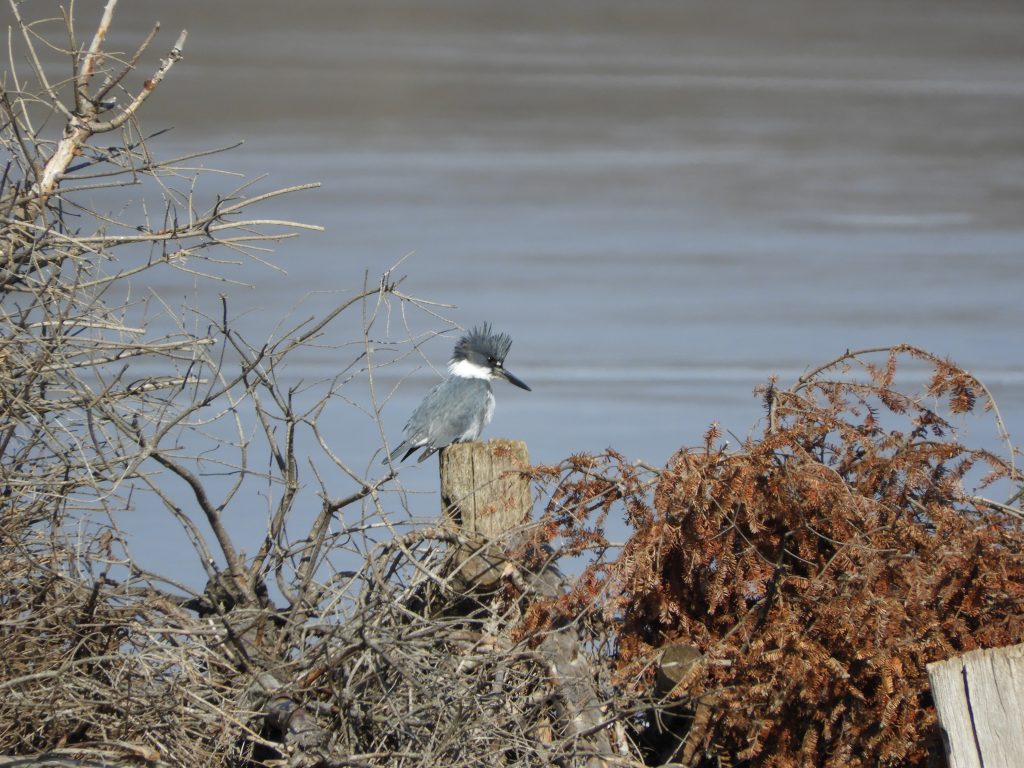
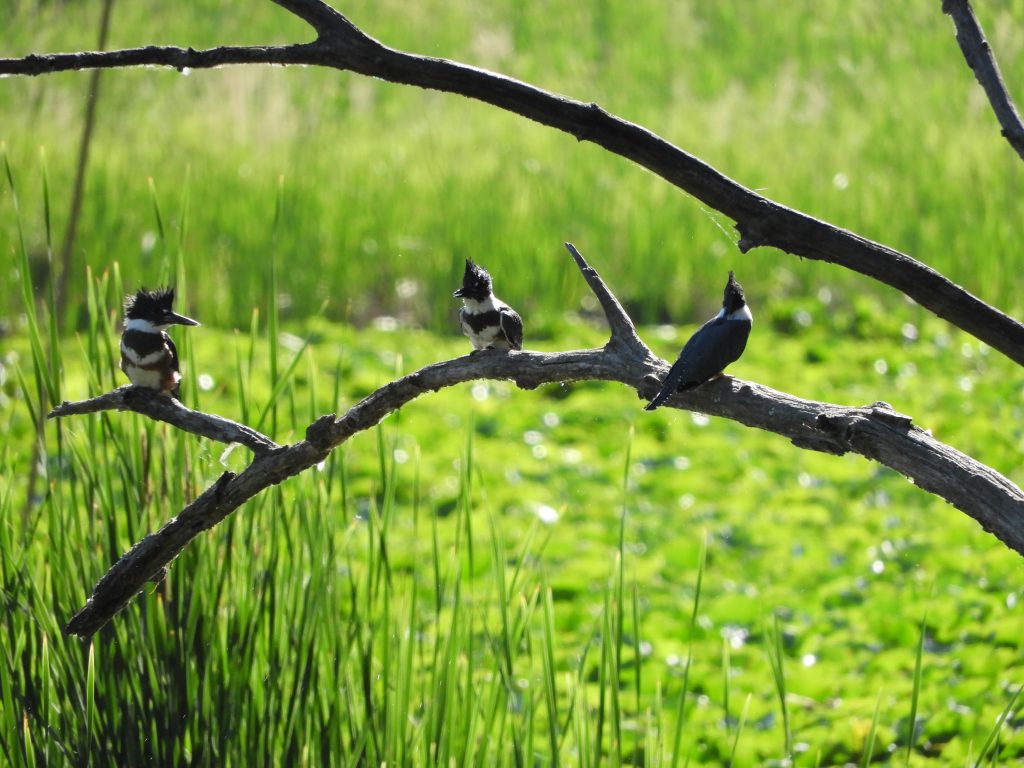
 Niagara River. ON. February 2 2023. The Niagara River in winter is probably the birdiest place anywhere within day’s drive of home; alive now with thousands of ducks, geese and gulls. The river connects Lake Erie to Lake Ontario, a conduit really, just one lake desperate to reach the next. I’m sure some folk would swim in it where they find a quiet backwater on a hot summer day. But in winter it hurries choppily carrying chunks of ice – too dangerous for mortals but okay for ducks, geese and swans.
Niagara River. ON. February 2 2023. The Niagara River in winter is probably the birdiest place anywhere within day’s drive of home; alive now with thousands of ducks, geese and gulls. The river connects Lake Erie to Lake Ontario, a conduit really, just one lake desperate to reach the next. I’m sure some folk would swim in it where they find a quiet backwater on a hot summer day. But in winter it hurries choppily carrying chunks of ice – too dangerous for mortals but okay for ducks, geese and swans.